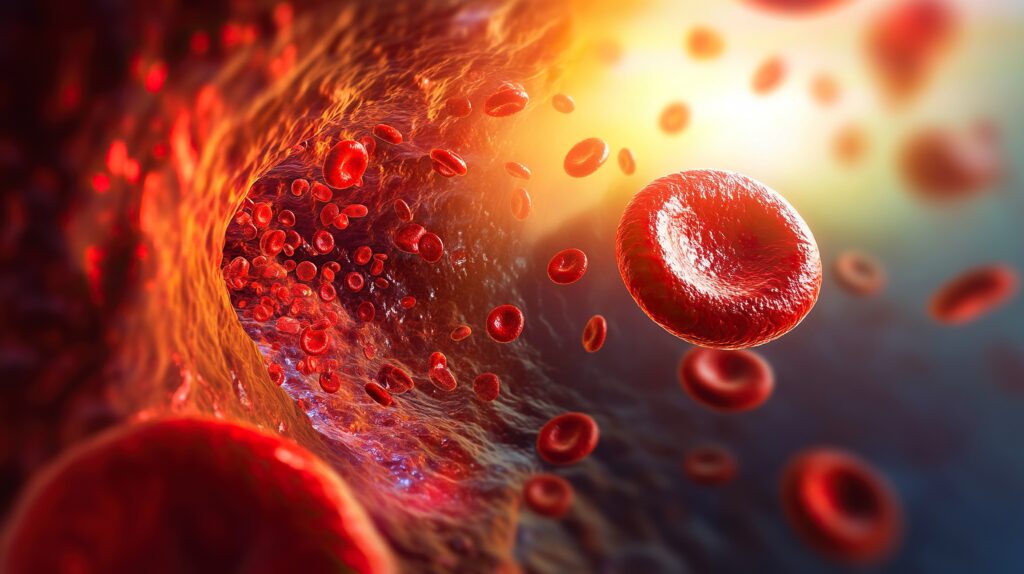Search Results
Showing Results for metabolic memory

Very few trials in the history of medical science have altered the treatment landscape as profoundly as the UK Prospective Diabetes Study (UKPDS). Even 44 years after its inception, the trial and post-study follow-up findings continue to fascinate and enlighten the ...

Obesity defined as abnormal or excessive fat accumulation that presents a risk to health, is a chronic disease linked to metabolic co-morbidities, such as type 2 diabetes mellitus and cardiovascular disease, a reduced life expectancy, economic burden and reduced quality of ...

Type 2 diabetes (T2DM) is a disease with a complex aetiopathogenesis that leads to a wide variety of metabolic disorders. This includes, by definition, high plasma glucose levels, but also elevated blood pressure, dyslipidaemia, cardiorenal complications and strokes. All of ...

Diabetic foot ulcers are one of the major complications in patients with diabetes mellitus (DM). In one study, the global prevalence of diabetic foot ulcers was 6.3%, and the prevalence of diabetic foot ulcers differed between North America (13.0%) and Europe (5.1%).1 Besides ...

Article highlights Epigenetics refers to the heritable changes in DNA expression without changes in the genetic code. Epigenetic changes are brought about by post-translational modifications of histone proteins, covalent modifications of DNA bases and microRNA. Epigenetics explains how environmental milieu ...

Type 1 diabetes (T1D) is an autoimmune disease characterized by the dysfunction and/or destruction of the insulin-producing beta cells found in the pancreatic islets of Langerhans.1 New insights into the course of T1D have led to the realization ...

Type 1 diabetes mellitus (T1DM) is the most common type of diabetes affecting children.1–3 Despite increasing awareness of early presentation of diabetes, a high number of children newly diagnosed with T1DM still present with diabetic ketoacidosis (DKA).4–7 DKA in ...

‘We are what we think. All that we are arises with our thoughts… Be the witness of your thoughts.’ – Gautama Buddha1 The biomedical approach in modern medicine focuses on disease as a deviation from the norm of measurable biological variables. ...

Diabetes poses a huge health burden in the US. In the most recent national assessment for 2015, it is estimated that diabetes affects 9.4% of the US population, with costs of diagnosed diabetes reaching $245 billion annually.1 Additionally, it is estimated that 33.9% of ...

From glucose homeostasis to hyperglycemia Glucose homeostasis is maintained by a complex neurohormonal system, which modulates peripheral glucose uptake, hepatic glucose production, and exogenous glucose utilization following food ingestion.1,2 This allows the maintenance of plasma glucose concentrations within normal range, ...

Despite the introduction of newer and faster acting insulin analogues along with advances in glucose monitoring and insulin delivery technology, the majority of patients with type 1 diabetes (T1D) fail to achieve target glycemic control. There still remains a high ...

Despite the introduction of newer and faster acting insulin analogues along with advances in glucose monitoring and insulin delivery technology, the majority of patients with type 1 diabetes (T1D) fail to achieve target glycemic control. There still remains a high ...

The growing prevalence of obesity is a global health concern. In 2009 to 2010, more than one-third of adults and 17 % of youth in the US were obese, as defined by body mass index (BMI). Obesity is associated with numerous health risks such ...

Ghrelin is a 28-amino-acid peptide predominantly secreted in the stomach and stimulates appetite and growth hormone (GH) release. The name ghrelin is based on ‘ghre’ a word root in Proto-Indo-European languages meaning ‘grow’ in reference to its ability to stimulate ...

Cushing’s disease (CD) is a rare condition caused by an adrenocorticotropic hormone (ACTH)-secreting pituitary adenoma. Chronic hypercortisolism is associated with the development of several morbidities that impair health-related quality of life (HRQoL) and contribute to an increased mortality ...

There are two major forms of diabetes mellitus, type 1 (T1DM) and type 2 (T2DM), with the latter being the most common form, accounting for over 90 % of cases.1 Further, with the epidemic of obesity, T2DM can occur at any ...

Cushing’s disease (CD) is a rare condition caused by an adrenocorticotropic hormone (ACTH)-secreting pituitary adenoma. Chronic hypercortisolism is associated with the development of several morbidities that impair health-related quality of life (HRQoL) and contribute to an increased mortality ...

Thomas Sydenham, the great English seventeenth-century physician (see Figure 1), said that “A man is as old as his arteries”, a concept that has once again come into focus of cardiovascular research and clinical activities, which this review aims to describe. ...
Latest articles videos and clinical updates - straight to your inbox
Log into your Touch Account
Earn and track your CME credits on the go, save articles for later, and follow the latest congress coverage.
Register now for FREE Access
Register for free to hear about the latest expert-led education, peer-reviewed articles, conference highlights, and innovative CME activities.
Sign up with an Email
Or use a Social Account.
This Functionality is for
Members Only
Explore the latest in medical education and stay current in your field. Create a free account to track your learning.

